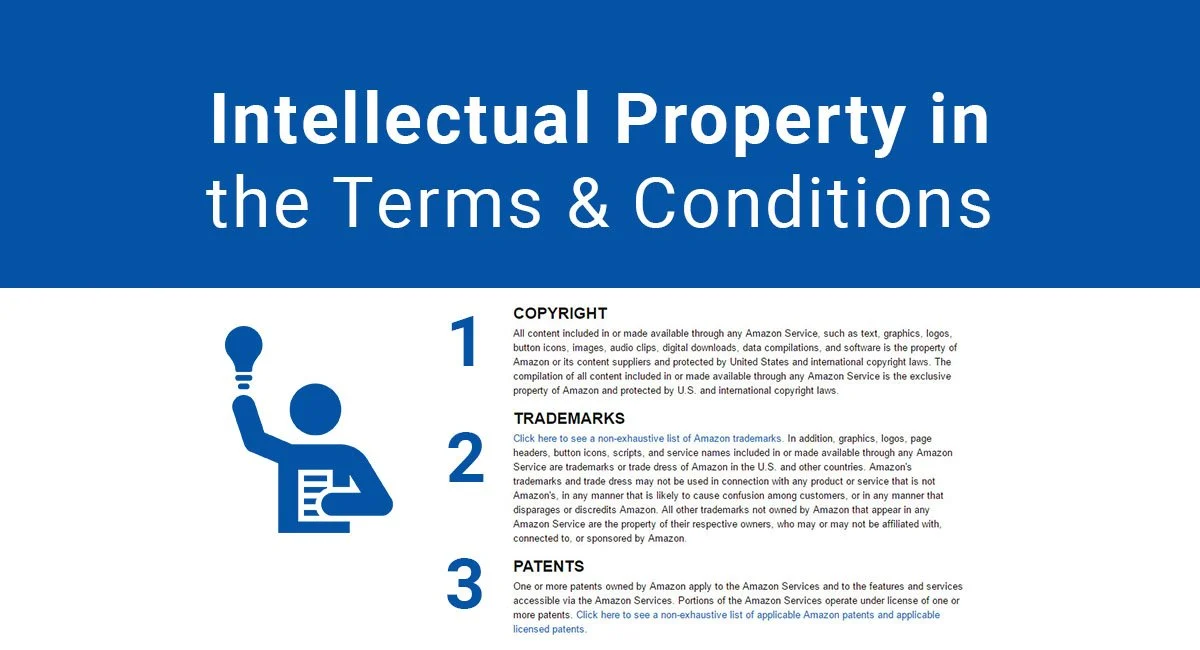Intellectual Property
What is Intellectual Property
Definition:
Intellectual property (IP) refers to creations of the mind, such as inventions, literary and artistic works, designs, symbols, names, and images used in commerce. Intellectual property rights grant creators and owners exclusive rights to their creations, enabling them to benefit financially and control the use of their intellectual assets.
Analogy:
Think of intellectual property as a vault protecting valuable treasures. Similar to how a vault safeguards precious belongings, intellectual property rights safeguard the creations and innovations of individuals and organizations, ensuring they can reap the rewards of their ingenuity and investment.
Further Description:
Intellectual property can be categorized into several types:
- Patents: Protect inventions and discoveries, granting the inventor exclusive rights to use, make, and sell the invention for a limited period.
- Copyrights: Protect original works of authorship, such as literary, artistic, musical, and dramatic works, giving creators exclusive rights to reproduce, distribute, and perform their creations.
- Trademarks: Protect symbols, names, slogans, and logos used to identify and distinguish goods and services in the marketplace, ensuring consumers can differentiate between brands.
- Trade Secrets: Safeguard confidential information, such as formulas, processes, methods, or customer lists, which provide a competitive advantage to businesses. Unlike patents, trade secrets have no expiration date and remain protected as long as they are kept confidential.
- Design Rights: Protect the visual appearance and design elements of products, preventing unauthorized copying or imitation of product designs.
Importance of Intellectual Property:
Intellectual property rights play a crucial role in promoting innovation, creativity, and economic growth. They:
- Encourage investment in research and development by providing incentives for creators and inventors to disclose and commercialize their innovations.
- Foster competition and market differentiation by protecting brands and innovations from unauthorized use and imitation.
- Drive technological advancement and cultural enrichment by ensuring creators and innovators can benefit from their works and inventions.
- Facilitate collaboration and licensing agreements, allowing businesses to monetize their intellectual assets and expand into new markets.
Key Takeaways:
- Intellectual property encompasses creations of the mind, including inventions, artistic works, designs, symbols, and trade secrets.
- Types of intellectual property rights include patents, copyrights, trademarks, trade secrets, and design rights.
- Intellectual property rights encourage innovation, protect the interests of creators and inventors, and drive economic development.
- Businesses and individuals should proactively protect their intellectual property through registration, enforcement, and strategic management to maximize their competitive advantage and value creation.
Table of Contents





